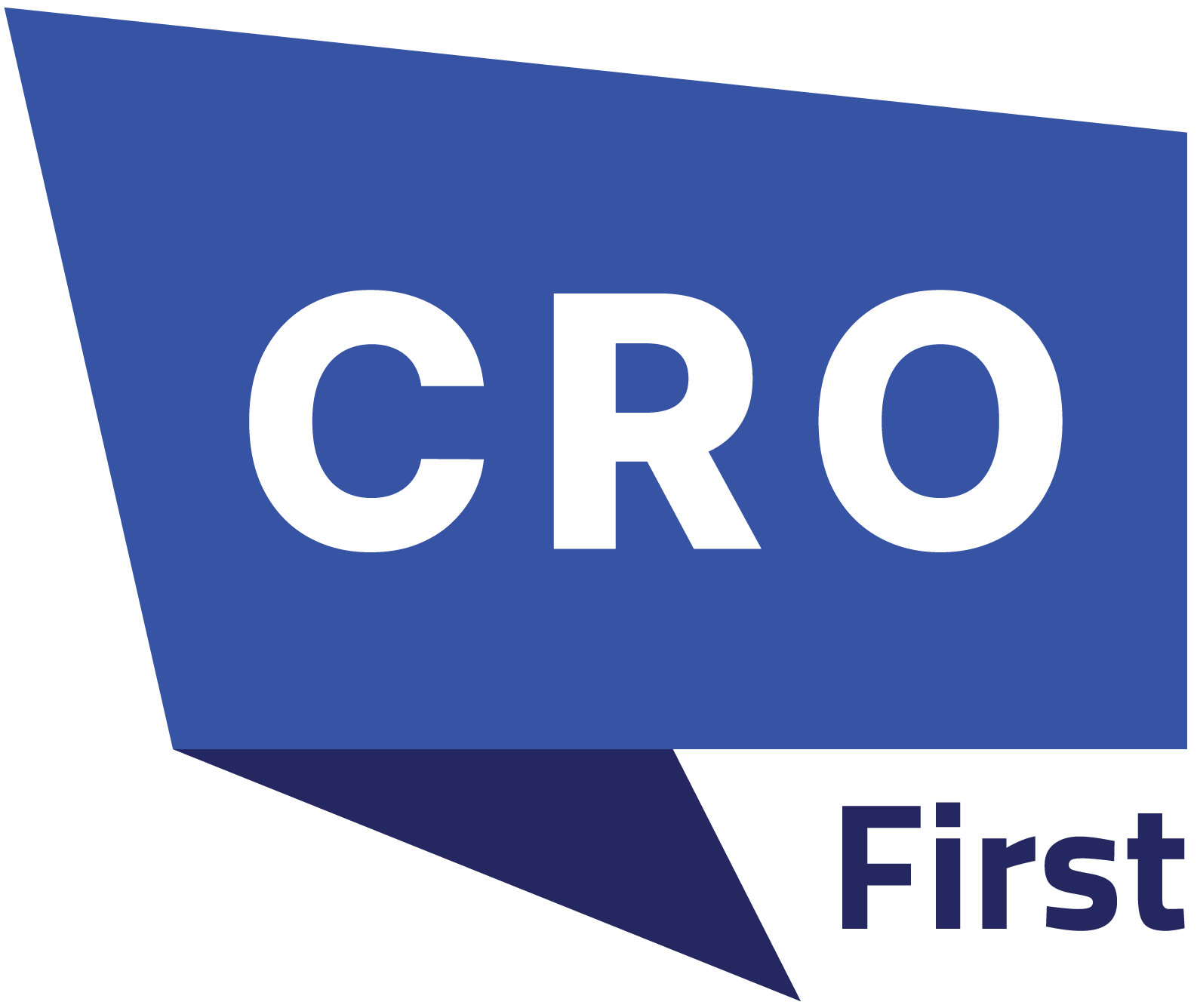Revenue based financing (RBF) is changing how businesses plan for sales and growth. Instead of fixed loan payments or giving away equity, companies pay back investors a percentage of their future revenue. This flexible model adjusts payments based on how the business performs. For Chief Revenue Officers (CROs) RBF changes how they set sales targets, manage financial risk and design go-to-market (GTM) strategies. In this blog, we will explore what RBF means for sales forecasting and growth planning. We will also explain how CROs can use RBF to make smarter, more adaptable business decisions.
What Is Revenue-based Financing?

Revenue-based financing means a company gets money now. In return, it pays a percentage of its future revenue until a set amount is repaid. Unlike loans, payments are not fixed. They go up and down with the company’s sales.
Key features of RBF include:
- Founders keep full ownership and control.
- Payments adjust based on revenue, easing cash flow pressure.
- Approval is faster than traditional loans or venture capital.
- Investors share the risk since their returns depend on revenue.
- Total repayment can be higher than traditional loans.
RBF works best for companies with predictable, recurring revenue, such as SaaS, subscription services, or e-commerce businesses. According to the Federal Reserve Small Business Credit Survey (2023), 37% of small employer firms sought loans or merchant cash advances last year, reflecting the growing demand for flexible capital. Companies with high profit margins also benefit from RBF.
Comparing RBF and Traditional Financing
Here is a clear comparison of RBF and traditional financing methods, highlighting their key differences:
| Characteristic | Revenue-based Financing (RBF) | Traditional Financing |
| Repayment Structure | Repayments are a fixed percentage of monthly revenue.
Payments rise and fall with sales. |
Fixed monthly payments (EMIs) regardless of revenue. |
| Flexibility | Highly flexible – pay less when sales are low. | Less flexible – must pay the same amount every month. |
| Collateral Requirement | Usually no collateral needed. | Often requires collateral or personal guarantees. |
| Eligibility | Easier to qualify.
Focuses on revenue potential, not credit history. |
Strict eligibility.
Needs good credit and assets. |
| Ownership | Founders retain full control. | Founders may get some control, with loan rules. |
| Cost of Capital | Can be more expensive overall due to revenue sharing. | Generally lower interest rates but fixed payments add up. |
| Risk to Business | Risk varies with revenue.
Lower payments during slow periods. |
Fixed payments can be hard if sales drop. |
| Best For | Startups or growing companies with steady sales. | Established businesses with steady cash flow and assets. |
RBF is flexible and grows with your business. You pay more when you sell more and less when sales slowdown. Traditional loans have fixed payments no matter what. This can be tough if sales drop. RBF also keeps your ownership safe and is easier to get if you have steady revenue. Traditional loans need good credit and assets but usually cost less in the long run. Thus, both financial models are different and have their own pros & cons.
RBF and Sales Forecasting
Sales forecasting is predicting future revenue using past data and market trends. With RBF, forecasting becomes even more important because repayments depend directly on revenue.
Focus on Predictable Revenue
Repayments fluctuate with sales. Hence, CROs need accurate revenue forecasts. They must analyze monthly recurring revenue (MRR), customer churn, and retention rates. This helps them predict how much revenue will come in and how much repayment is due.
Scenario Planning
RBF encourages companies to build multiple revenue scenarios. These include best case, worst case, and most likely outcomes. Understanding these scenarios helps in planning cash flow and repayment even if sales drop.
Integration with Cash Flow
Traditional loans require fixed payments regardless of sales. This hampers cash flow. Thus, CROs must integrate sales forecasts with cash flow planning. This avoids surprises and helps manage liquidity effectively. Undertaking such steps supports smoother financial operations.
Impact on Growth Planning

Growth planning means setting goals and strategies to increase sales and revenue. RBF affects this by offering more flexibility. Here’s how RBF influences this process:
Growth-aligned Financing
Repayments rise with revenue. Hence, companies can plan for growth without worrying about fixed payments. They know that repayments will adjust with sales performance. For example, a SaaS startup used RBF to boost marketing and doubled customer acquisition in a year.
Flexibility in Investment Timing
RBF allows businesses to invest in marketing, product development, or hiring without the pressure of fixed repayments. This flexibility supports agile growth planning. Companies can, thus, increase or slow down investments based on revenue trends.
Preserving Ownership and Control
RBF does not dilute equity. This means founders keep control. This allows them to focus on long-term growth plans without pressure from investors to exit or sell shares.
Also Read: Why RevOps Leaders Are Prioritizing Revenue Intelligence Over CRM Alone
How RBF Influences Target Setting
CROs are responsible for setting sales targets that help the company grow. RBF changes their approach in several ways:
Realistic, Data-driven Targets
CROs must base targets on revenue data and trends. This is because repayments depend on actual sales. Overly optimistic targets can cause cash flow problems. Conservative targets may slow growth unnecessarily.
Focus on Recurring Revenue Metrics
RBF is perfect for companies that have recurring revenue. So CROs focus on metrics like MRR, customer retention and Net Dollar Retention (NDR). These metrics predict revenue streams accurately so companies can set realistic targets.
Dynamic Target Adjustments
RBF repayments fluctuate with revenue. Hence, CROs may adjust targets monthly or quarterly based on market conditions and business performance. This flexibility helps manage repayment risk.
Managing Risk Under RBF
RBF shifts some financial risk from fixed payments to variable repayments. CROs and finance teams must manage this risk carefully.
Cash Flow Risk
Variable repayments mean that cash flow can be unpredictable. CROs must monitor sales closely and keep reserves for slow months.
Revenue Concentration Risk
Investors in RBF look at risks like customer concentration and churn, as they affect revenue stability. CROs must diversify customer bases and reduce churn to keep revenue steady. His will help them manage the risk of repayment.
Data Transparency
RBF investors require detailed financial data and revenue reports. Thus, CROs must ensure accurate and timely data collection. This maintains investor confidence and prevents funding disruptions.
Building Go-to-Market Strategies with RBF
GTM strategies define how a company sells and markets products. RBF influences these strategies in several ways:
Prioritizing Predictable Revenue Streams
RBF favors predictable revenue. Hence, GTM strategies must involve subscription models, renewals, and upselling to existing customers. CROs may shift resources to these areas to stabilize revenue and repayment.
Flexible Sales Campaigns
Repayments are tied to revenue. RBF allows companies to run sales campaigns that scale up or down with revenue. This helps test new markets or products without risking repayment.
Investor Partnership
RBF investors often provide operational support and data insights. CROs can use this help to refine GTM strategies, improve sales processes, and grow the company.
Conclusion
Revenue-based financing offers a flexible way to grow without the pressures of fixed debt. It requires CROs to sharpen their sales forecasting skills, focusing on predictable revenue and multiple scenarios. Growth planning becomes more agile, allowing companies to invest confidently. Managing risk means keeping revenue steady and watching cash flow. Sales and marketing strategies focus more on customers who bring recurring income. RBF helps businesses grow without giving up ownership. It is a smart choice for companies that want to grow safely and stay in control.

